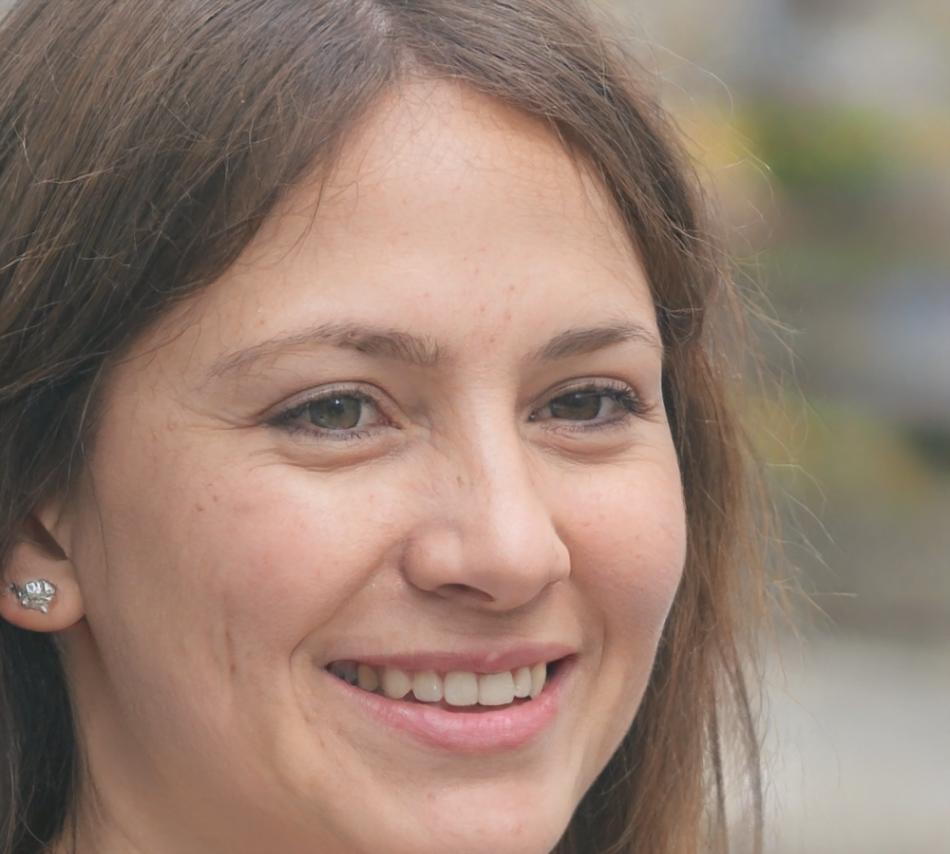DevCoreWave Professional UI Design Education
+6642295547 info@devcorewave.com
Stay updated with latest design trends and course announcements
2,847 Active Students






